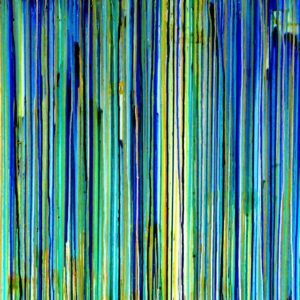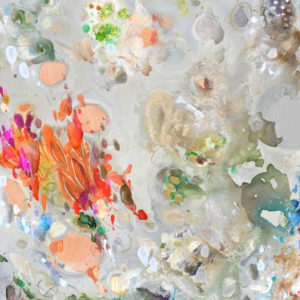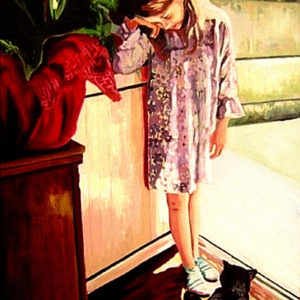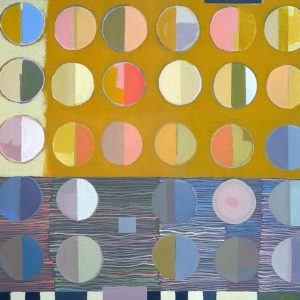Artist Tips
How to Brainstorm Your Best Artwork Keywords
You know that keywords are very important for getting found on Saatchi Art and across search engines like Google and Bing. If you missed our previous post, “Get Found: Tips for Using Keywords and Descriptions on Saatchi Art“ check it out now for a full recap on the power of keywords. (In short: Keywords, use them. They are your friends!)
Once you’ve combed through that refresher, it’s time to get down to business deciding which are your best keywords to help collectors find your artworks on Saatchi Art and beyond. The best way to do this is to start by asking yourself a few simple questions:
1. What type of artwork is it?
E.g. collage, painting, sculpture, photography, drawing
2. What is the style of artwork? Or what art movement most inspired it?
E.g. Abstract, Modern, Street Art, Surreal, Impressionist, Pop Art
3. Was your work inspired by the works of another famous artist?
E.g. Warhol, Van Gogh, Richter, Mapplethorpe, O’Keeffe, Hepworth
Hint: The aim here is to attract the right collector for your piece, so include only names of artists who are highly relevant. Our curators often rely on these keywords when Art Advisory clients approach them looking for a particular work, “similar to a Rothko” or “in the style of Basquiat,” for example.
4. What is the medium of the artwork?
E.g. oil paint, acrylic, pencil, C-type, digital, bronze, wood
Hint: Add the major medium to your tags if it is something you think a collector or curator might search for when looking for an artwork similar to yours. Add minor materials (what you list below) to your artwork descriptions.
5. What other materials are used?
E.g. canvas, paper, fabric, newspaper, charcoal, gold leaf
6. What is the main subject of the artwork?
E.g. portrait, landscape, animal, geometric, architecture
7. What is the subject specifically? What image or type?
E.g. red-haired girl, Paris street, running horse, seascape
Hint: When doing this exercise with abstract artworks, it’s best to opt for keywords that describe the work visually – versus symbolically or in terms of your motivation for the piece.
8. What is the main color?
Collectors and curators are not likely to search by minor colors in your piece, so stick to the main color(s) or important color combinations.
E.g. black and white, red, hot pink, neutral, light blue
9. Can you think of synonyms?
Don’t use the same artwork description and set of keywords for all similar artworks in your portfolio. This targets just one type of buyer, and limits your visibility across other searches. Break out your thesaurus and generate some strong synonyms to diversify your approach. Be realistic – you’re trying to generate words a collector or curator might actually search for – not an SAT vocabulary list.
E.g. Figurative for portrait, nature for landscape, body for nude, food for still life, travel for vacation
10. What is your name or pseudonym?
No need to add your name or artist pseudonym as a keyword on every artwork. Selecting a few pieces from your portfolio will do, as only one artwork need show up for a collector or curator to click through to access your entire portfolio.
Once you’ve taken the time to answer each of these questions, you should have a really strong list of relevant, powerful keywords with which to tag your artworks. For help with what to do next, read our post, “Get Found: Tips for Using Keywords and Descriptions on Saatchi Art.”
Want more tips for success delivered straight to your inbox? Sign up for the Artist Newsletter.













